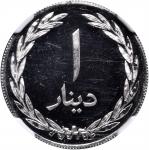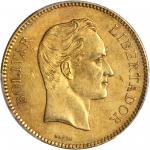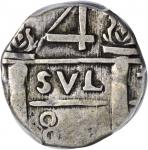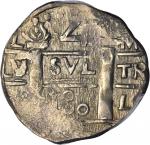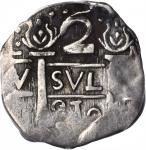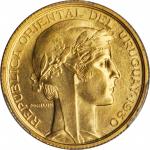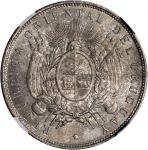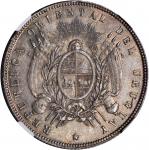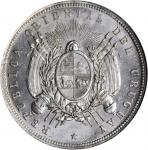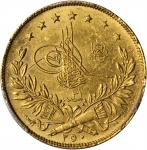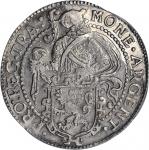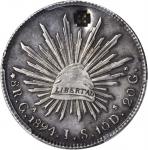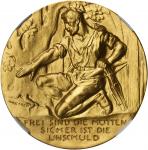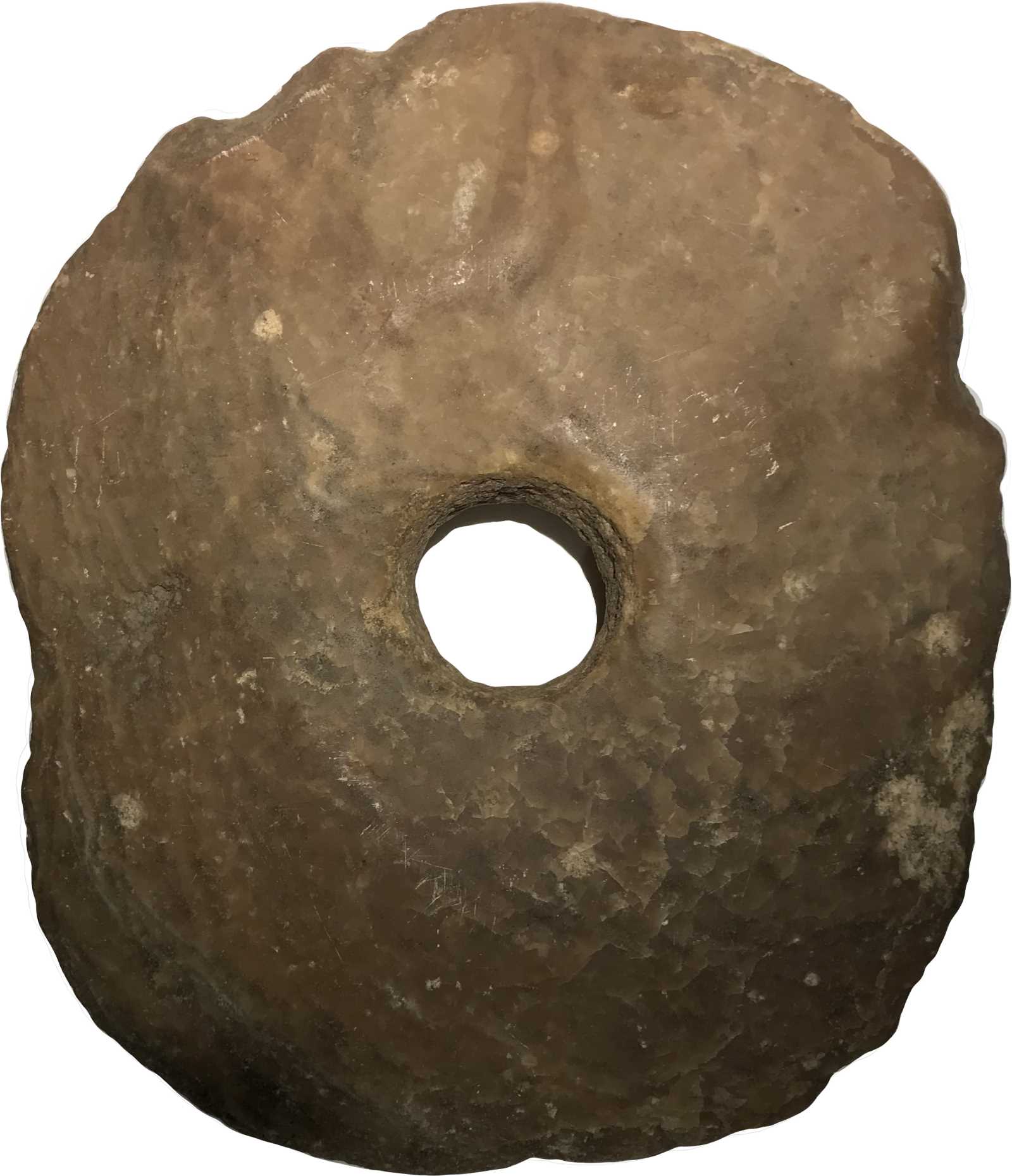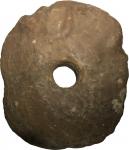Approximately 20.5 x 17.75 in; 62.50 lbs. Opitz-pg. 316/21; Quiggin-pg. 144, P1#12; Sigler-pg. 19. Yap Island produced the worlds largest and heaviest coinage, most commonly referred to as "Fei" or "Rai", considered sacred amongst the local people. The largest examples are in excess of 12 feet in diameter, weighing about 2 tons. Due to their excessive size, the larger stones often traded ownership without physically being moved and would remain in place as it became common knowledge among the inhabitants that it now belonged to a new owner. As there is no large source of stone on Yap, the stones were quarried and shaped on the island of Malakal in Palau, then shipped back to Yap on native boats. The stones are made of calcite, which is abundant on Malakal. Some of the larger stones took as long as two years to quarry and shape using axes made from giant clams. The trip from Malakal to Yap via boat was a hazardous voyage that claimed many lives. Often the value placed on a stone directly related to the amount of human lives lost in order to quarry it and deliver to Yap. Although there are many sizes and shapes of Yap stones, they can be classified into two basic types: pre and post OKeefe. The earliest stones were produced by the locals using axe heads made from segments of the giant clam. Later stones or "OKeefe stones" were produced in the late 1800s using metal tools. David OKeefe was American of Irish heritage who came to Yap with tools and a junk boat acquired in Hong Kong, which he used to quarry and transport "Fei" from Malakal to Yap, and through this process set himself up as the King of Yap Island. The 1954 motion picture "His Majesty OKeefe" starring Burt Lancaster, although somewhat dramatized and engrossed, fairly accurately portrays this series of events. The stone offered here is the pre OKeefe type. Seldom are larger stones available for sale as removing them from the island was extremely hard due to their size and weight. This example is quite nice to behold and was quite well produced considering it was hewn by hand. The central hole has a diameter of approximately 3.75 inches with a depth of 3.25 inches. In color it is a lovely milky golden tan accentuated by a few orange veins. Simply a delight to behold. Often referred to as the key or "Holy Grail" to assembling a collection of primitive money the chance to obtain one of these pieces should not be missed.

